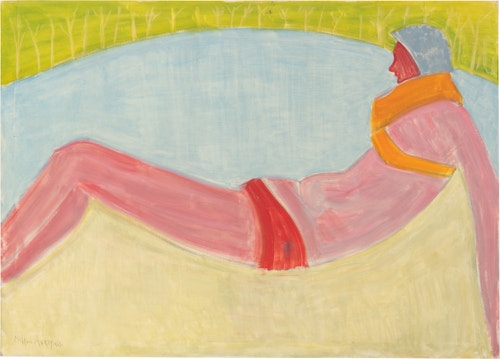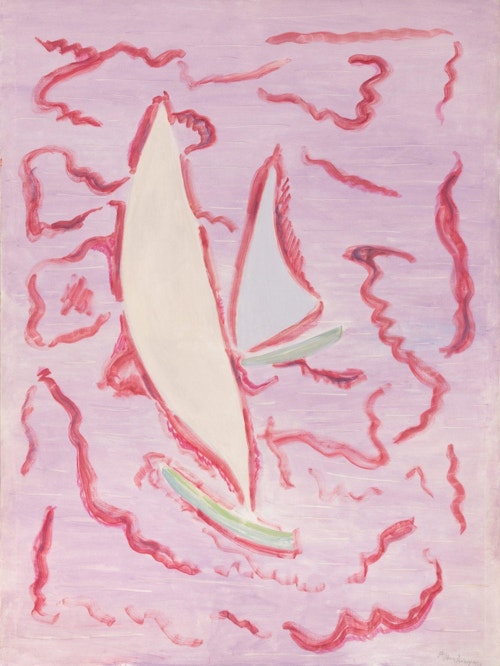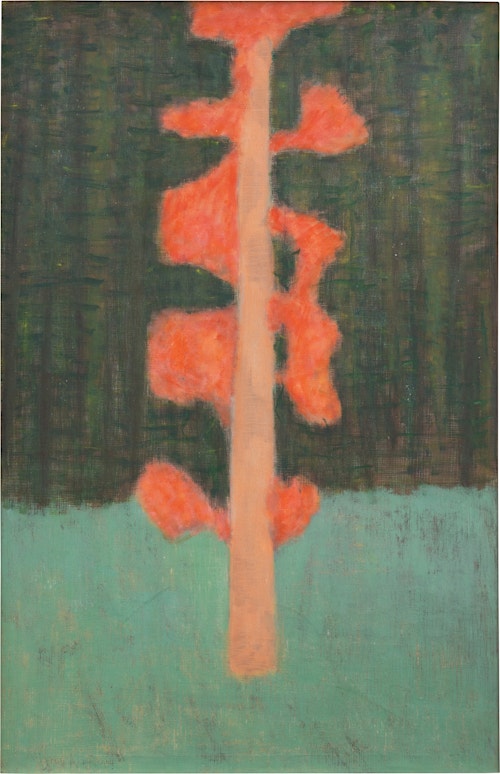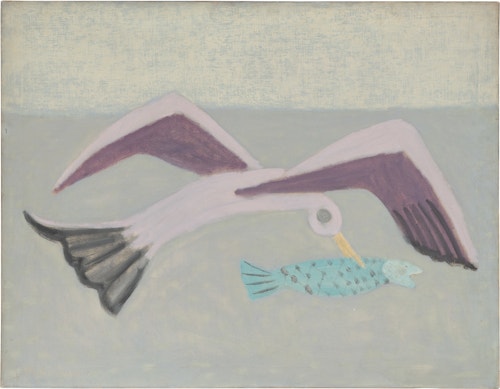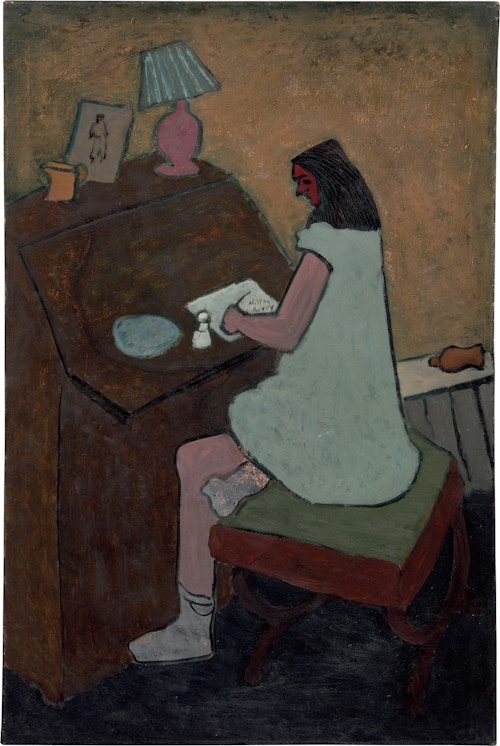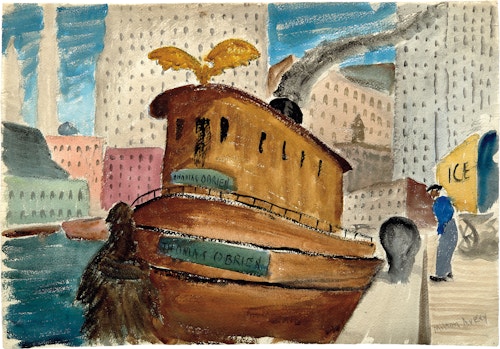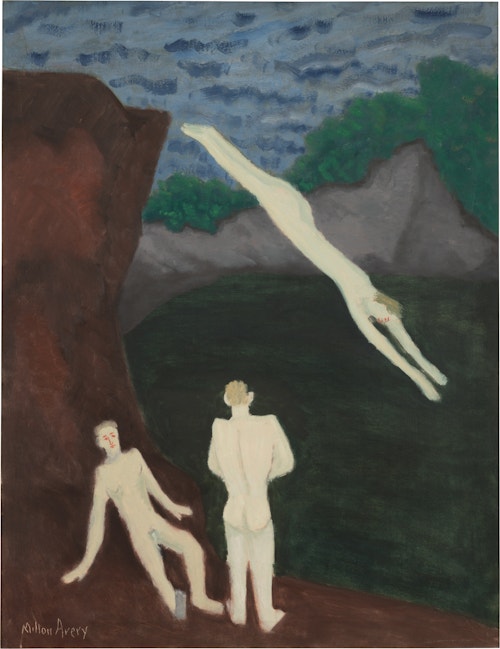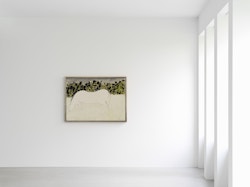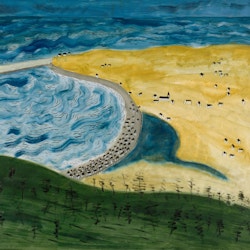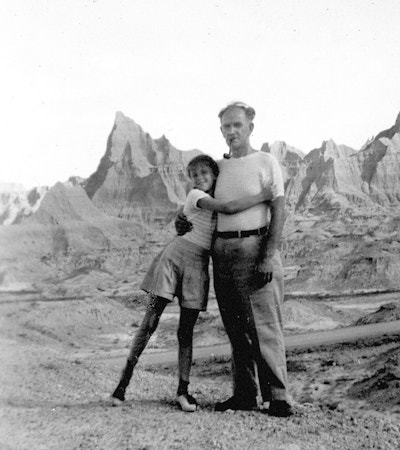
Milton Avery
American painter Milton Avery (1885-1965) is known for his evocative compositions of landscapes, domestic scenes and still lifes. Celebrated for his distillation of form and harmonious use of colour, Avery’s singular oeuvre straddles the major art movements of his age—American Impressionism, American Modernism and Abstract Expressionism—yet conforms to none. The artist always blazed his own trail, describing his process as one of distillation and refinement: “I like to seize one sharp instant in nature, imprison it by means of ordered shapes and spatial relationships. To this end, I eliminate and simplify, leaving apparently nothing but colour and pattern. I am not seeking pure abstraction; rather the purity and essence of the idea—expressed in its simplest form”. Although Avery primarily lived in New York and captured many scenes from urban life, he spent almost every summer working in rural or coastal locations. Milton Avery was a contemplative painter who strove to capture the effects of light. To this end, he used a variety of unorthodox methods creating luminous, ultra-flat surfaces. He was also a highly skilled watercolourist, with the transparent medium lending itself particularly well to his preferred subjects of sea, sky and landscape. Although successful in his lifetime and friends with some of the leading artists of his era, such as Adolph Gottlieb, Mark Rothko and Barnett Newman, Avery was only honoured with a major retrospective at the Whitney Museum of American Art in 1962, when he was seventy-seven years old.
Since Avery’s death in 1965, his work has only continued to grow in stature. In 2022, his work was the subject of a major retrospective organised by the Royal Academy in London in collaboration with the Modern Art Museum of Fort Worth, Texas, and Wadsworth Atheneum Museum of Art, Hartford, Connecticut. Avery’s work is represented in major museums worldwide.
